Sensirion SHT21 Manual
| Mærke: | Sensirion |
| Kategori: | sensor |
| Model: | SHT21 |
Har du brug for hjælp?
Hvis du har brug for hjælp til Sensirion SHT21 stil et spørgsmål nedenfor, og andre brugere vil svare dig
sensor Sensirion Manualer

13 December 2024
sensor Manualer
- Panasonic
- LiftMaster
- Oricom
- JUNG
- Metz Connect
- Heatit
- Carrier
- Crestron
- Phoenix Contact
- Joy-It
- Kemo
- Hikvision
- Festo
- Weidmüller
- Vimar
Nyeste sensor Manualer

14 September 2025
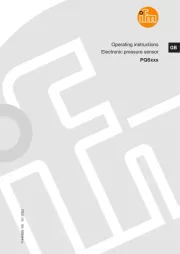
13 September 2025
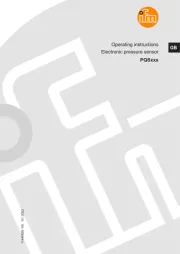
13 September 2025
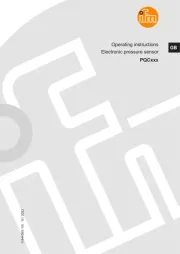
13 September 2025
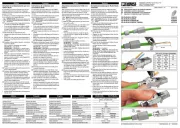
9 September 2025

27 August 2025
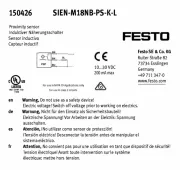
20 August 2025
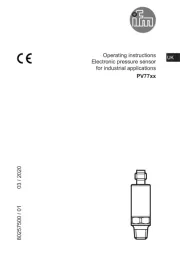
20 August 2025
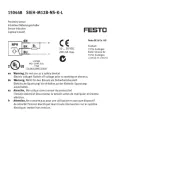
19 August 2025

18 August 2025
